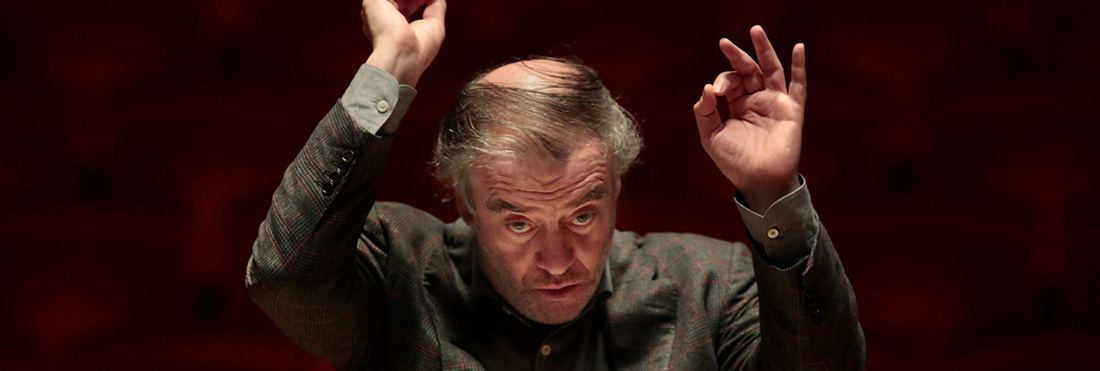
Zachary Woolfe in the Observer:
Ms. Netrebko’s voice, at 40, is warm and full, without edge. Her appeal is deceptively simple: when she sings, you don’t want her to stop. Her performance is both daring and assured. At the end of Act I, she almost chokes out “Guidici? Ad Anna?” (“Judges? For Anne?”) when she realizes her fate has been sealed, then telescopes the following note outward, pivoting from shock to rage. She faces upstage at key moments, trusting that she can convey emotion through posture alone.
Some opera fans imagine coloratura in a vacuum, as a mindless series of vocal calisthenics. This attitude has rewarded singers who merely dazzle. But Ms. Netrebko is in the tradition of Maria Callas, who understood that coloratura should be an organic outgrowth of the musical line, a means of amplifying emotion. Her runs and trills, accurate and stylish, never exist for their own sake.
“She was always restrained in her use of fioriture, which she employed only to heighten the expressiveness of her singing,” Stendhal once wrote of Pasta’s approach to ornamentation. “Moreover, she never used fioriture any longer than her artistic purposes required.” This could just as easily describe Ms. Netrebko’s Bolena.
Birthday anniversaries of novelist Prosper Mérimée (1803), television host Ed Sullivan (1901) composer Marin Goleminov (1908) and Vivian Fine (1913).
Happy 88th birthday actress, singer and animal rights activist Brigitte Bardot.
Photo: Ken Howard / Metropolitan Opera
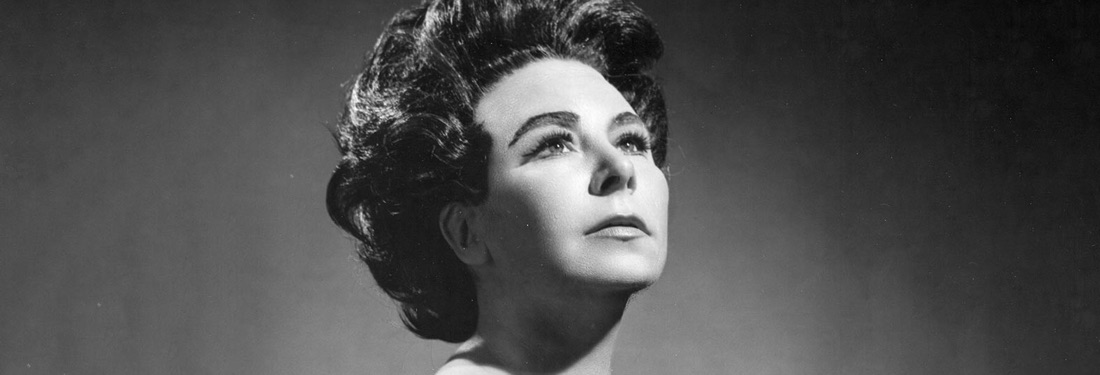

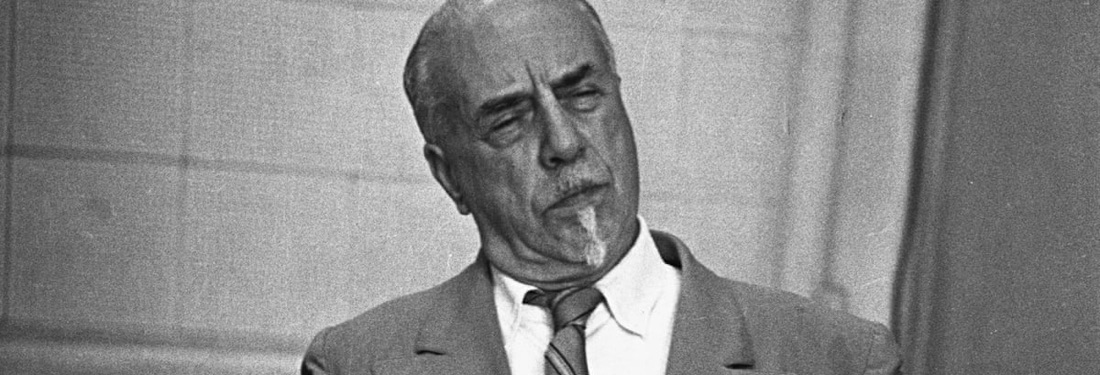

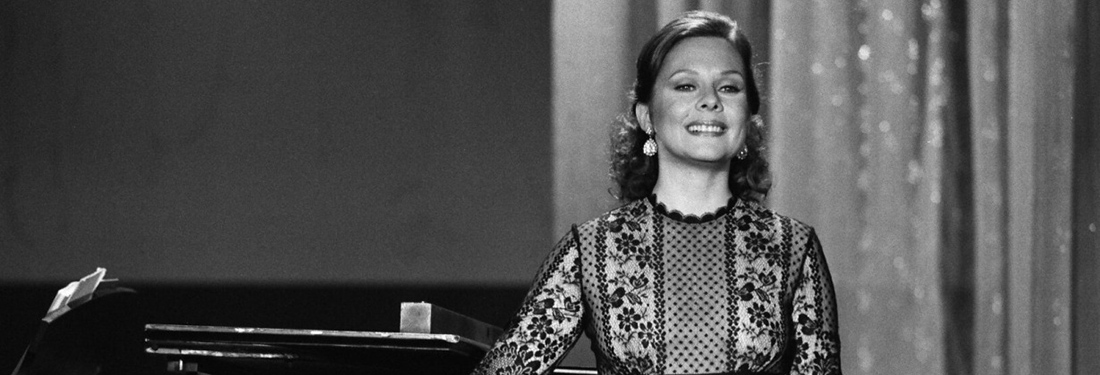
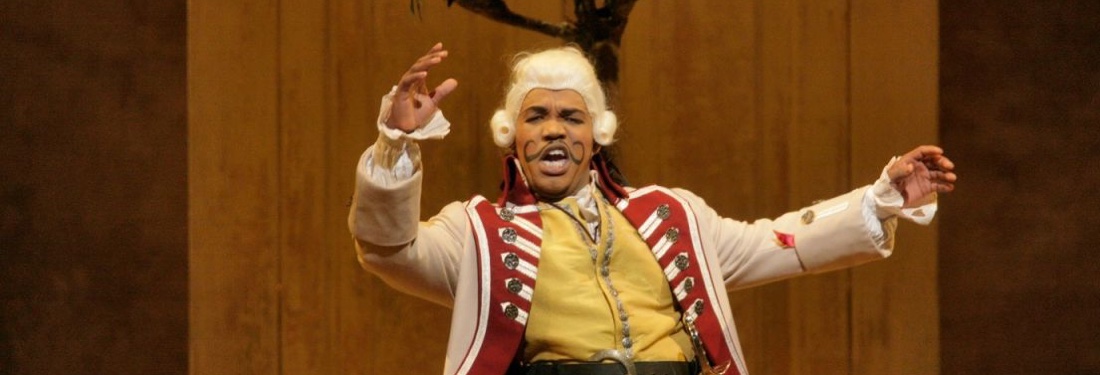
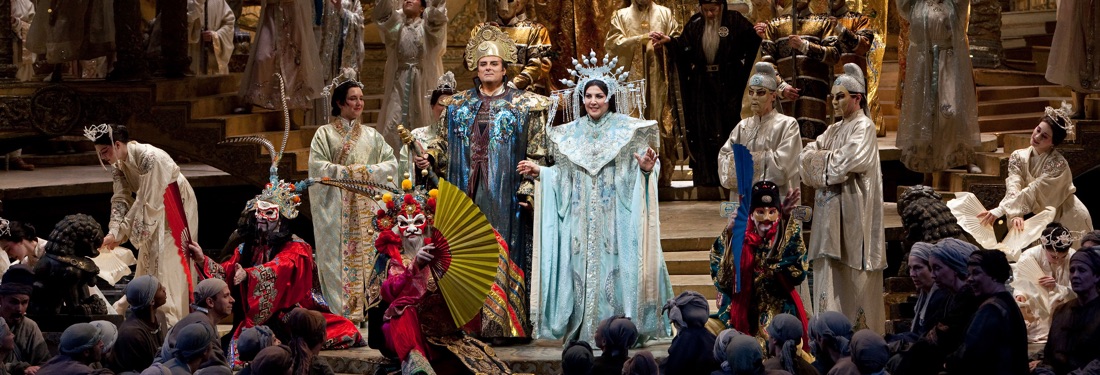
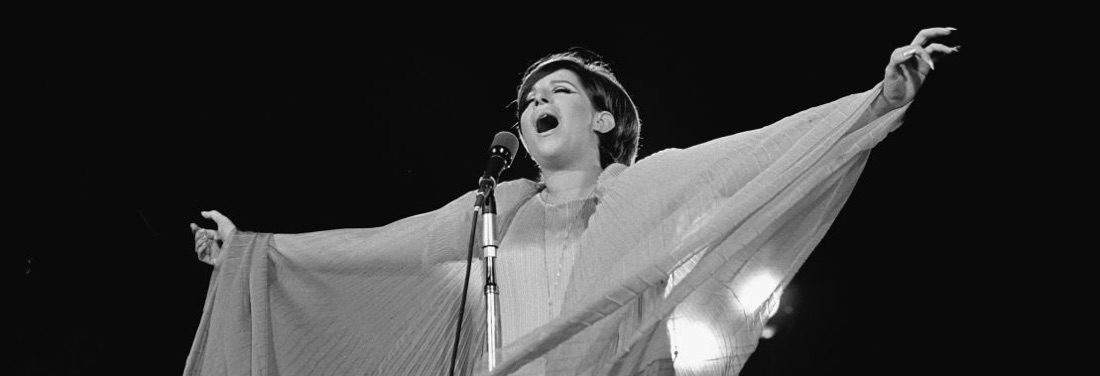
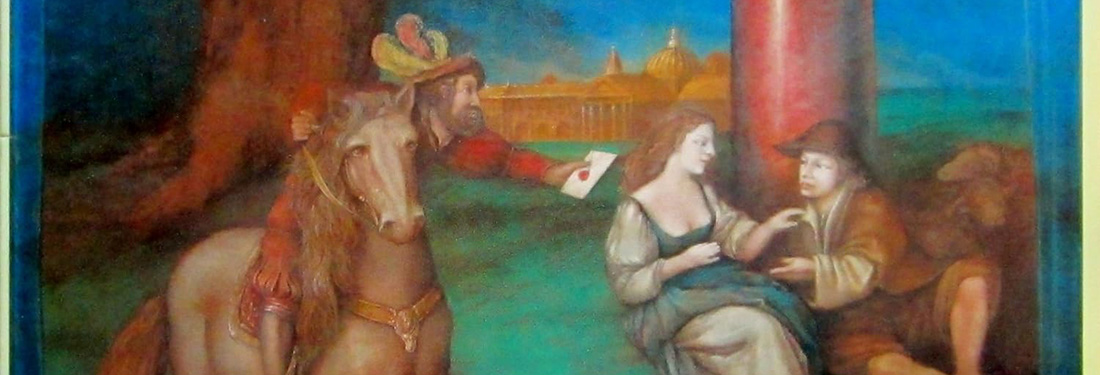
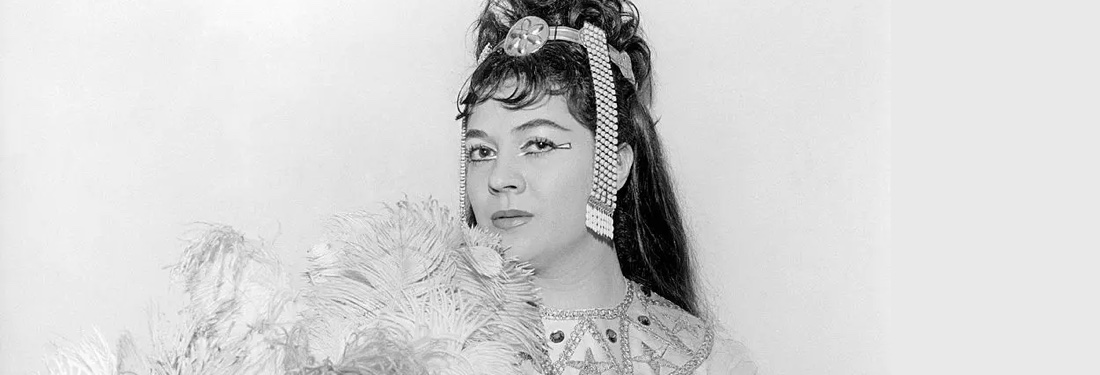
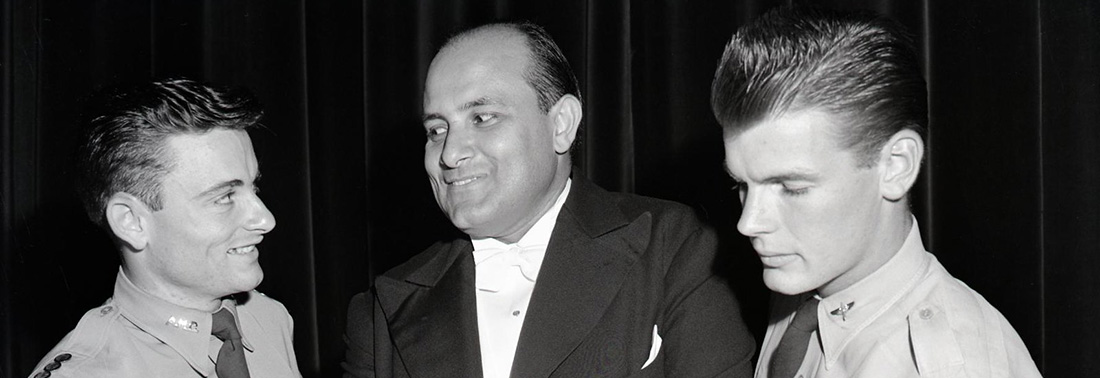
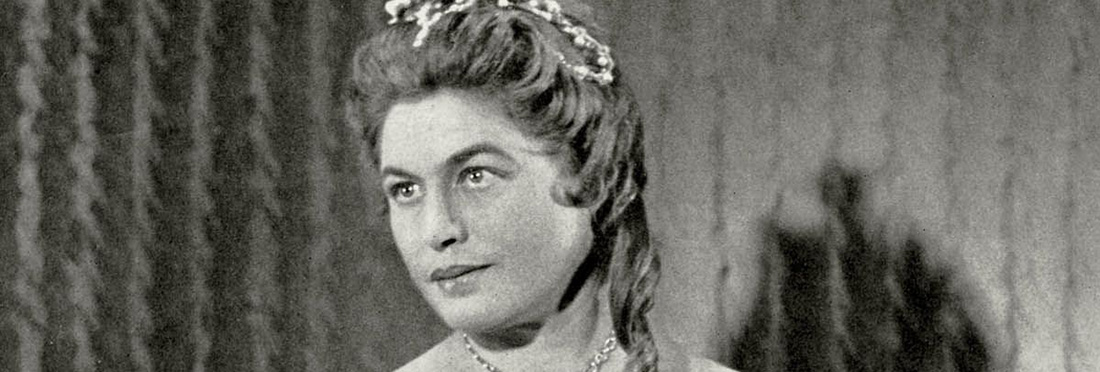

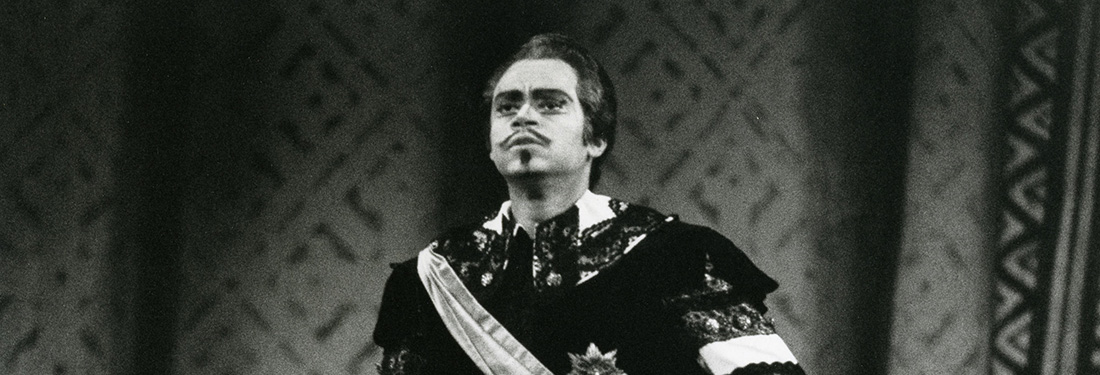
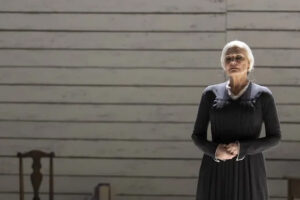
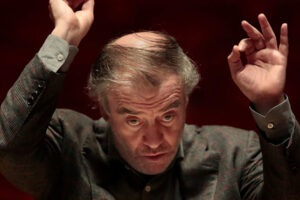


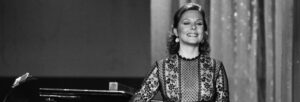




Comments